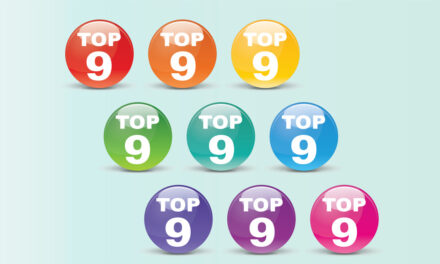When I was a kid, we subscribed to morning and evening newspapers, we sat down with Walter Cronkite each night, and most debates were settled by consulting the Encyclopaedia Britannica. User participation was limited to sedate letters carefully typed out and mailed to the newspaper editor; one didn’t engage in a conversation with either Uncle Walter or the EB.
Fast-forward a few decades: Newspapers now not only have web-only content, but they also encourage participation by readers. Columnists engage in two-way conversations with readers on their blogs. Papers’ websites offer multimedia news. With the rise of the 24-hour news machine, the winners will be sources that can offer relevant news immediately while supporting communities of readers.
The New York Times, which offers both a print subscription and a digital subscription through its Times Reader 2.0, has responded to the demands of the new news ecosphere well. The Times Reader 2.0 subscription, which allows users to download the day’s paper to read offline, is available for $4.62 per week. The same content is available through its website at no charge.
I am not, however, convinced that this type of subscription model will work with the vast majority of online content. Most newspaper brands just don’t have the cachet they used to; they have a hard time convincing readers of the value proposition. That said, with reporters’ blogs–the content of which may never appear in print–The Times is clearly on a path to harnessing the power of digital content.
Regardless of business model, these digital-only offerings raise the question: Should these blogs be considered part of The Times? Aggregators have not figured this out yet. Blog posts are included in The Times‘ online archive, and Factiva includes them in a source file “NYT Blogs.” Interestingly, Factiva treats them as a publication rather than as web content. Dialog’s New York Times Fulltext database (File 471), on the other hand, is only a digital version of the print newspaper. Neither provider indexes readers’ comments (nor the reporters’ responses), whereas comments appear in search results on NYTimes.com.
Newspapers and other news sources survive by creating content that readers perceive as valuable and finding a way to monetize the value they provide. One approach to identifying what readers value is shown in The Times‘ First Look blog (http:// firstlook.blogs.nytimes.com), which highlights external uses of The Times APIs, such as a public library’s mashup of The Times best-sellers list with WorldCat, a museum’s linking of NYTimes.com content to items in the museum’s archive, and a heat map of congressional voting.
Another way to gain insight into what users value is to monitor which articles are viewed on the website, emailed to others, or forwarded through the major social networks. The impact of a particular article need not be measured simply by the number of letters to the editor it generates, but by the number of times it was referenced by others and how many conversations it sparked.
As newspapers move toward richer digital content and frequently updated news, where will the print edition fit in? In a sense, the “paper” part of newspaper is simply a snapshot of the news as it had developed up until press time. At some point, newspapers may need to view the paper edition as simply a print teaser to bring people to the web to view more current versions of articles, multimedia content, blogs, and online discussions.
While I have a sentimental attachment to hard copy-three newspapers arrive on my driveway every morning, and I enjoy the daily contest to see who gets to read the comics first-this model means nothing to Digital Natives. I can hear it now … “You pay money for your news, but you can’t forward it to your friends? Or read it on two devices at the same time? Or search back issues? Or avoid ink on your hands? Why on earth are you doing that?”
Then I look at web-only news sites such as The Huffington Post (www.huffingtonpost.com) with its tag line, The Internet Newspaper, or Salon (www.salon.com). They do appear to be the online versions of newspapers, complete with staff editors, columnists, multimedia news clips, and lots of reader comments. Yes, they also include syndicated news, but so does my local newspaper. The features I value–in both the (Boulder, Colo.) Daily Camera and Salon–are curated news, specialized original content, and insightful commentary. Our new “newspapers” may not resemble the ones we grew up with, but if you dive a little deeper, you’ll find all the same building blocks-and then some.






